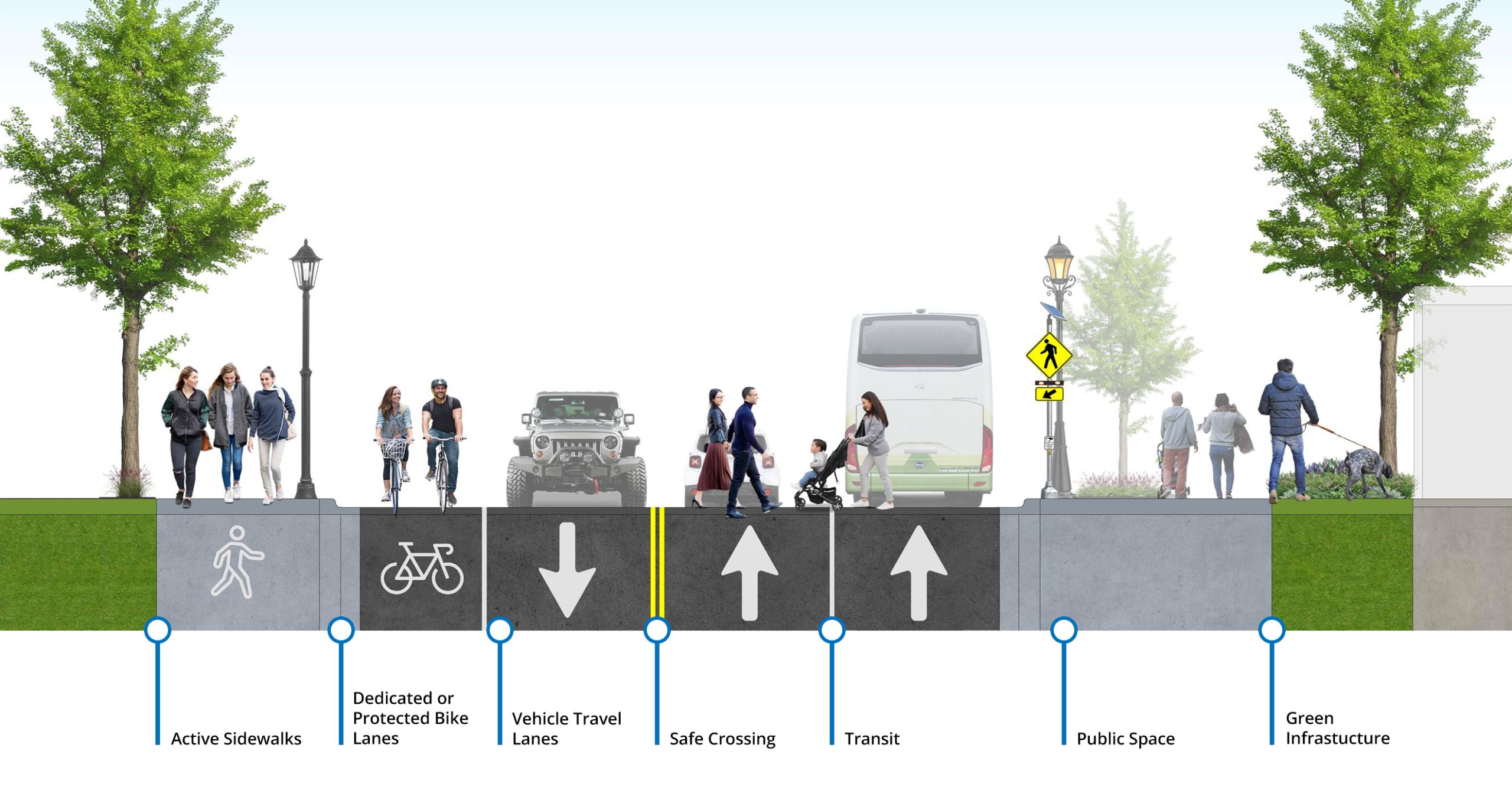The Complete Streets concept is an established practice in city planning. A Complete Street prioritises not only automobile users, but also ensures the comfort and safety of pedestrians and cyclists. ‘Complete Streets’ is an approach that plans, designs, operates, and maintains streets to enable safe and convenient travel and access for users of all ages and abilities regardless of their mode of transportation. The approach promotes streets with safe and continuous sidewalks, segregated cycle lanes, safe pedestrian crossings with refuges, uniform carriageways, and organised on-street parking. By promoting non-motorized travel, complete streets help in achieving the sustainability and livability goals of a city. Complete Streets allows for safe travel by those walking, cycling, driving automobiles, riding public transportation, or delivering goods. Moreover, a Complete Street has numerous economic, health, and safety-related benefits. With more pedestrians on the street, businesses are likely to flourish, thereby increasing local investment and creating good jobs. People who live in walkable areas walk at least 30 minutes a day and are 47% more active. Incentivizing walking instead of driving is also good for the environment: for instance, replacing 100,000 car trips per month with bicycles and walking would reduce carbon dioxide (CO2) emissions by 3,764 tons per year. More pedestrians walking along streets also increases surveillance and reduces the potential for crime and vandalism.
